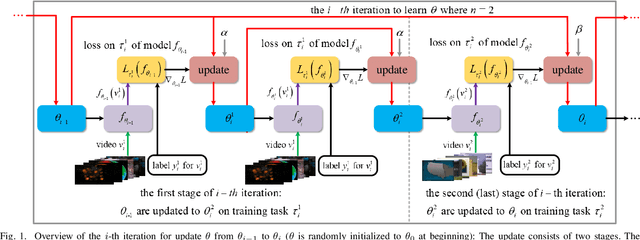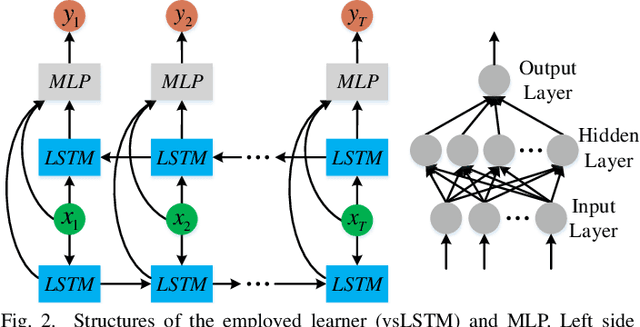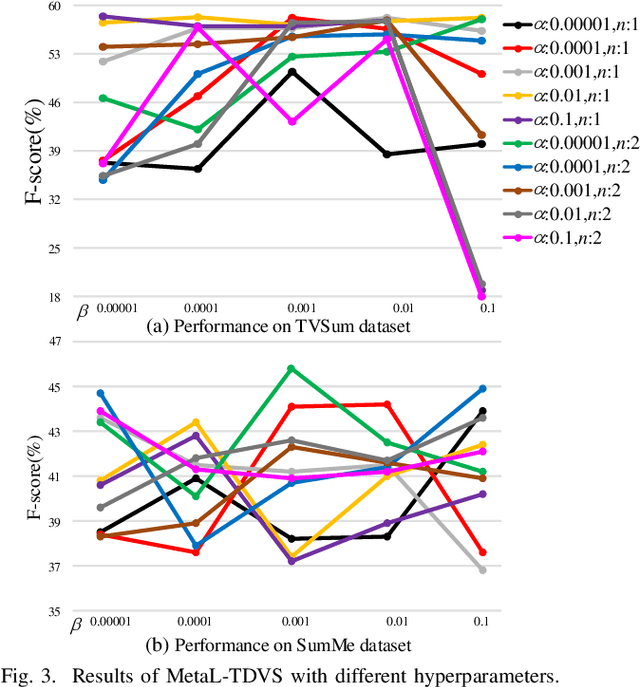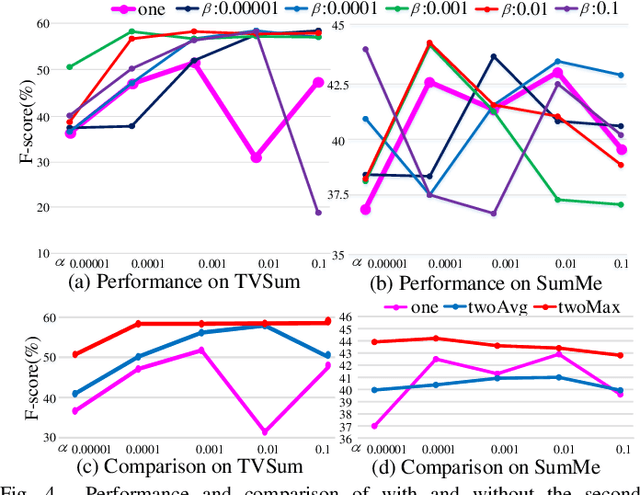Hongli Li
Early Risk Assessment Model for ICA Timing Strategy in Unstable Angina Patients Using Multi-Modal Machine Learning
Aug 08, 2024Abstract:Background: Invasive coronary arteriography (ICA) is recognized as the gold standard for diagnosing cardiovascular diseases, including unstable angina (UA). The challenge lies in determining the optimal timing for ICA in UA patients, balancing the need for revascularization in high-risk patients against the potential complications in low-risk ones. Unlike myocardial infarction, UA does not have specific indicators like ST-segment deviation or cardiac enzymes, making risk assessment complex. Objectives: Our study aims to enhance the early risk assessment for UA patients by utilizing machine learning algorithms. These algorithms can potentially identify patients who would benefit most from ICA by analyzing less specific yet related indicators that are challenging for human physicians to interpret. Methods: We collected data from 640 UA patients at Shanghai General Hospital, including medical history and electrocardiograms (ECG). Machine learning algorithms were trained using multi-modal demographic characteristics including clinical risk factors, symptoms, biomarker levels, and ECG features extracted by pre-trained neural networks. The goal was to stratify patients based on their revascularization risk. Additionally, we translated our models into applicable and explainable look-up tables through discretization for practical clinical use. Results: The study achieved an Area Under the Curve (AUC) of $0.719 \pm 0.065$ in risk stratification, significantly surpassing the widely adopted GRACE score's AUC of $0.579 \pm 0.044$. Conclusions: The results suggest that machine learning can provide superior risk stratification for UA patients. This improved stratification could help in balancing the risks, costs, and complications associated with ICA, indicating a potential shift in clinical assessment practices for unstable angina.
Meta Learning for Task-Driven Video Summarization
Jul 29, 2019



Abstract:Existing video summarization approaches mainly concentrate on sequential or structural characteristic of video data. However, they do not pay enough attention to the video summarization task itself. In this paper, we propose a meta learning method for performing task-driven video summarization, denoted by MetaL-TDVS, to explicitly explore the video summarization mechanism among summarizing processes on different videos. Particularly, MetaL-TDVS aims to excavate the latent mechanism for summarizing video by reformulating video summarization as a meta learning problem and promote generalization ability of the trained model. MetaL-TDVS regards summarizing each video as a single task to make better use of the experience and knowledge learned from processes of summarizing other videos to summarize new ones. Furthermore, MetaL-TDVS updates models via a two-fold back propagation which forces the model optimized on one video to obtain high accuracy on another video in every training step. Extensive experiments on benchmark datasets demonstrate the superiority and better generalization ability of MetaL-TDVS against several state-of-the-art methods.
* 9 pages, 6 figures
 Add to Chrome
Add to Chrome Add to Firefox
Add to Firefox Add to Edge
Add to Edge